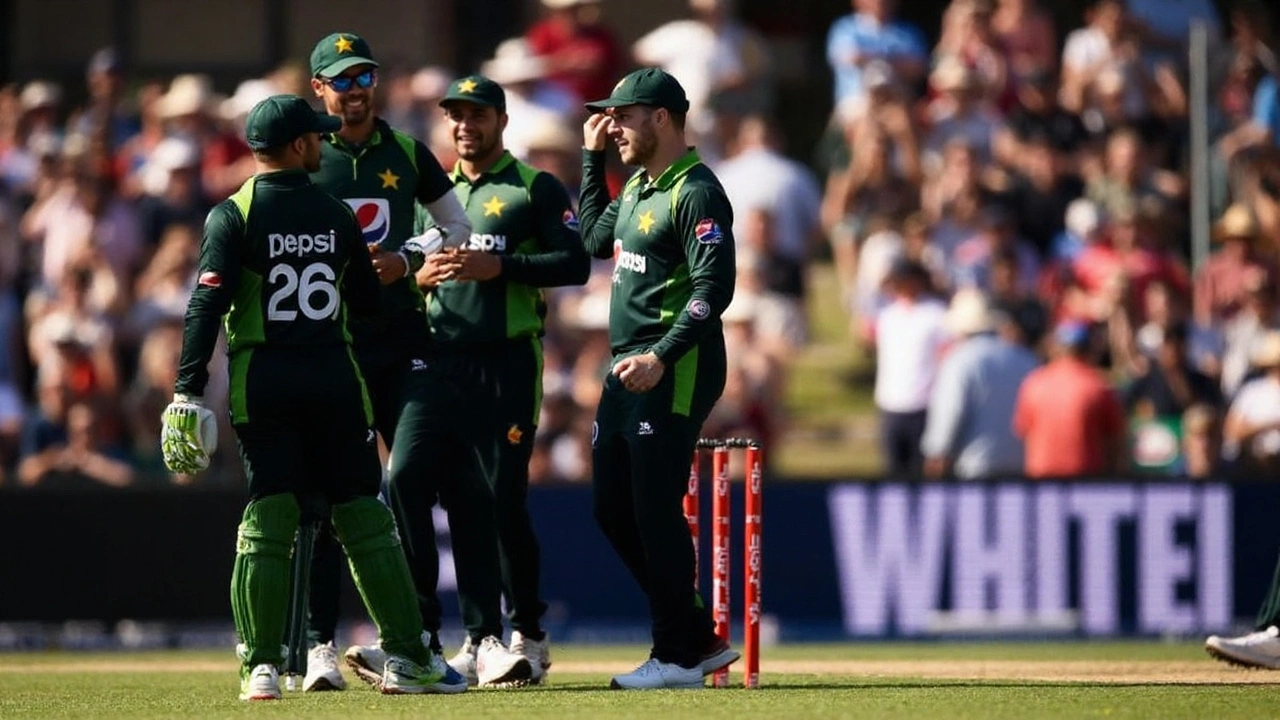Rain‑Shortened Match: A Simple Guide for Cricket Fans
Ever watched a cricket game get cut short because of rain and wondered how the final score is decided? You’re not alone. A rain‑shortened match happens when weather forces officials to end the game early, and the result is calculated using a method called DLS (Duckworth‑Lewis‑Stern). Let’s break down what that means and why it matters.
Why Matches Get Shortened
Rain interrupts play, and safety comes first—wet pitches are dangerous for bowlers and batsmen. When the rain delay is long enough, officials look at the time left and the overs already bowled. If there isn’t enough time to finish a full innings, they declare a rain‑shortened match. This keeps the tournament on schedule and ensures teams get a fair result.
The decision isn’t random. Umpires consult the match referee and use the playing‑conditions handbook. They check factors like daylight, ground drainage, and forecasted weather. If they think the game can’t resume, they move to the DLS calculation.
How the DLS Method Works
The DLS method is a formula that predicts what each team could have scored if the match had continued. It takes into account:
- Resources left: the number of overs and wickets remaining.
- Scoring patterns: historic data on how teams typically score at different stages.
- Current run rate: how fast the batting side was going before the rain.
When the first innings finishes, the second team’s target is adjusted based on the resources they’ll have after the interruption. If the second innings is already underway, the DLS table tells us the “par score” – the score the batting side needs at that point to stay on track.
If the batting side is above the par score when play stops, they win. If they’re below, they lose. It’s a bit like a scoreboard that updates automatically when the weather changes.
Fans often feel the DLS result is confusing, but the goal is fairness. Without it, teams playing in dry conditions would have a huge advantage over those catching a rain break.
There are a few common scenarios:
- Match stops before the first innings ends: No result, the game is abandoned.
- Second innings cut short: DLS decides the winner based on the par score.
- Both innings interrupted: Resources are recalculated each time the rain stops play.
In limited‑overs cricket—like ODIs and T20s—rain‑shortened matches happen more often because the games are already time‑bound. In Test cricket, play can be extended to the next day, so rain interruptions are handled differently.
For players, a rain‑shortened match changes strategy. Batsmen may take more risks to stay ahead of the DLS target, while bowlers aim to restrict runs quickly. Captains constantly check the DLS table on the big screen to tweak field placements and batting order.
From a fan’s perspective, the excitement can dip when the game ends early, but the DLS system ensures the result isn’t just a coin toss. It also adds a layer of tactical depth—watching captains adjust plans based on the “resource” percentages can be fascinating.
Next time you see a match halted by rain, remember: the DLS method is doing the heavy lifting behind the scenes. It’s not perfect, but it’s the best way cricket has found to keep things fair when Mother Nature steps in. So grab a cup of tea, check the updated target, and enjoy the drama of a rain‑shortened match.
